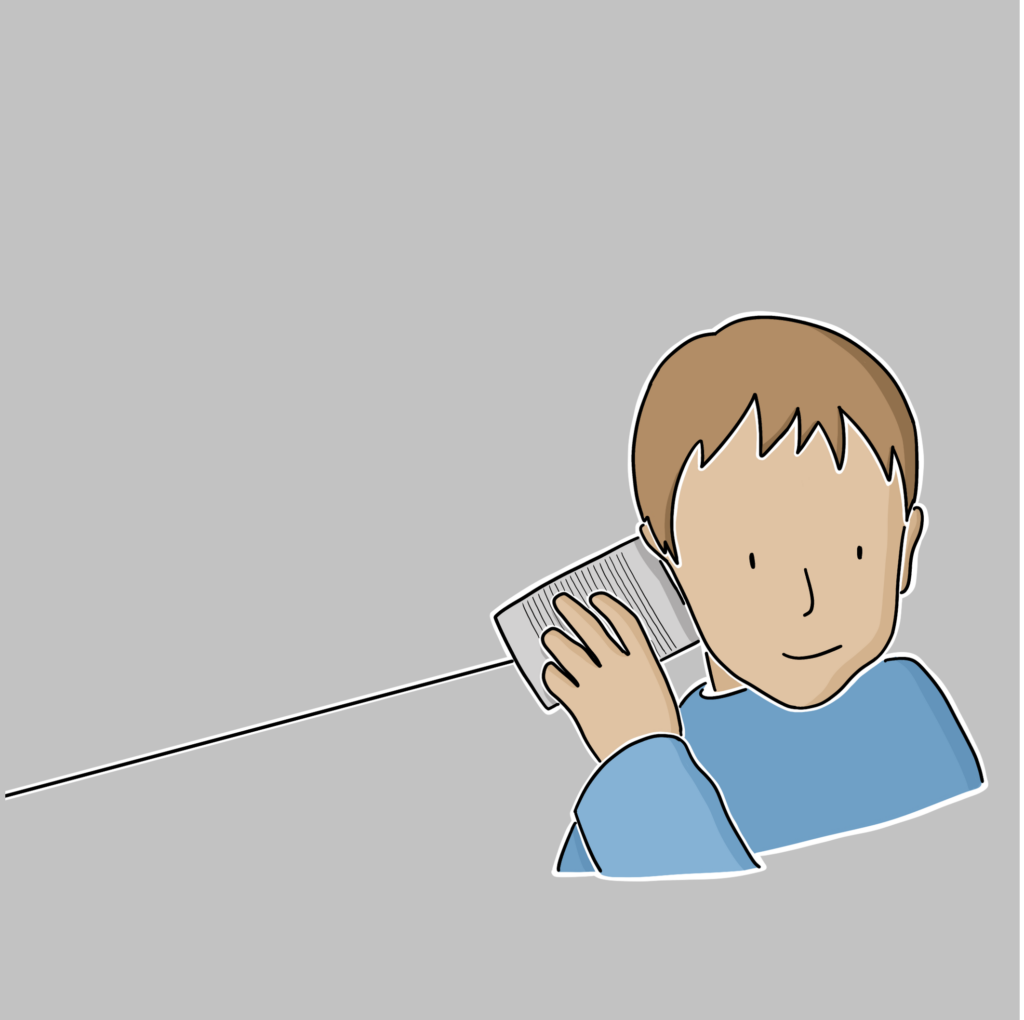

Since we influence people through our words or actions, our communication style plays a big part in our effectiveness as a leader. In this blog article I outline seven ideas that come up time and again in my work with leaders.
Tip #1 There is an “I” in Leader
Clarity is a hallmark of good leadership communication. One source of confusion is that many people use the second or third person when they intend to talk about themselves, their own ideas and standpoints. “You want to …”, when they mean “I want …”. This can be confusing. Simply a shift to the first person, “I would like you …” adds a lot of power and clarity to our speech
Tip #2 Keep it Simple
It’s almost a given that an R&D team is international and that few people in the team are using their native language in day-to-day work. Since the team’s language is often “poor English” (as Goran Lindahl used to call ABB’s official language), it is helpful to keep things simple when communicating. Three concrete ways to do this are:
- Formulate your sentences positively. Tell people what you want, rather than what you don’t. This removes guesswork on their part.
- In her wonderful little book Making Contact, Virginia Satir demonstrates the danger of “but”: It tends to erase what precedes it. “I agree with you completely, but I think we also need to …”. The agreement gets lost. Simply replace the “but” by an “and” and notice what happens.
- If you use slang and other colourful language to add spice to a conversation, you run the risk that people miss the message. It just gets lost in translation.
Tip #3 Ask open questions
When I support leaders to develop coaching skills for use with their people, I notice that the majority tend to use closed questions (which can be simply answered with a yes or no) in the practice conversation. Such questions can be quickly answered with a low level of engagement on the part of the conversation partner. They are useful when you want to check a specific piece of information, e.g. “Did you run the experiment at 28.7°C?”, or to test a particular idea or hypothesis you have.
When you ask open questions (“when …?”, “what …?”, “how …?”, “who …?”), you engage your discussion partner and activate their thinking. You draw out information and help them and yourself to gain insight. You know that you’ve asked a particularly useful question when the other person needs to pause for thought. It’s usually a sign that learning is taking place.
Tip #4 Why not why
Many clients are not too happy at first when I suggest that they reduce heavily their use of the question “why?” It has the reputation as being the fundamental point in research. I reframe that as saying the fundamental point is to understand.
The challenge when dealing with people and their work, is that the “why” question can automatically generate a defensive reaction, which is unhelpful. “Why doesn’t the program work?” will usually not quickly lead to a solution of the problem. (A typical response is, “I don’t know, it just doesn’t give any answers.”) Instead, by asking some well-chosen open questions, you can often quickly pinpoint the source of the problem. (A better starting point to might be, “What error message does the software give?”)
Tip #5 Listen
Especially when you are busy, it is tempting to interrupt and answer – as I have learned many times to my own cost. Far better is to wait until the other person is finished and then reply. This allows you to listen on different levels, which can provide valuable insights. Three typical levels of listening are:
- Cognitive – the factual information the person is delivering. This is the strongest level in research conversations.
- Emotional – this can provide clues about how important the topic is, or what is colouring the conversation.
- Meta-level – here we look down on the conversation in order to recognize any patterns emerging. This can be particularly helpful when a conversation is unproductive as we can then switch from the topic of conversation, to a conversation about the pattern that the conversation is taking (e.g. “we seem to be going around in circles here”)
Tip #6 Paraphrase and summarise
How many meetings have you attended in which people seem to repeat their position several times? One way to short-circuit this, if you’re leading the meeting, is to summarise the conversation from time to time. This helps people to focus and also lets people know that their contribution has been heard, which reduces the likelihood that they’ll repeat it. When this is done well, it also helps the meeting participants to reach a consensus more quickly.
Tip #7 Use pictures and metaphors
Although slang is not so helpful (see Tip #1), a message without colour and imagery would be dry as two-day-old bread. Well-chosen pictures and metaphors not only brighten up a conversation, they also help people to remember your ideas.
This list isn’t exhaustive – as the number of books on communication attests. What tips have you found most useful to help your communication?


